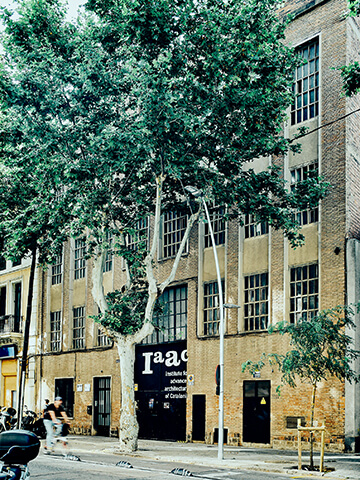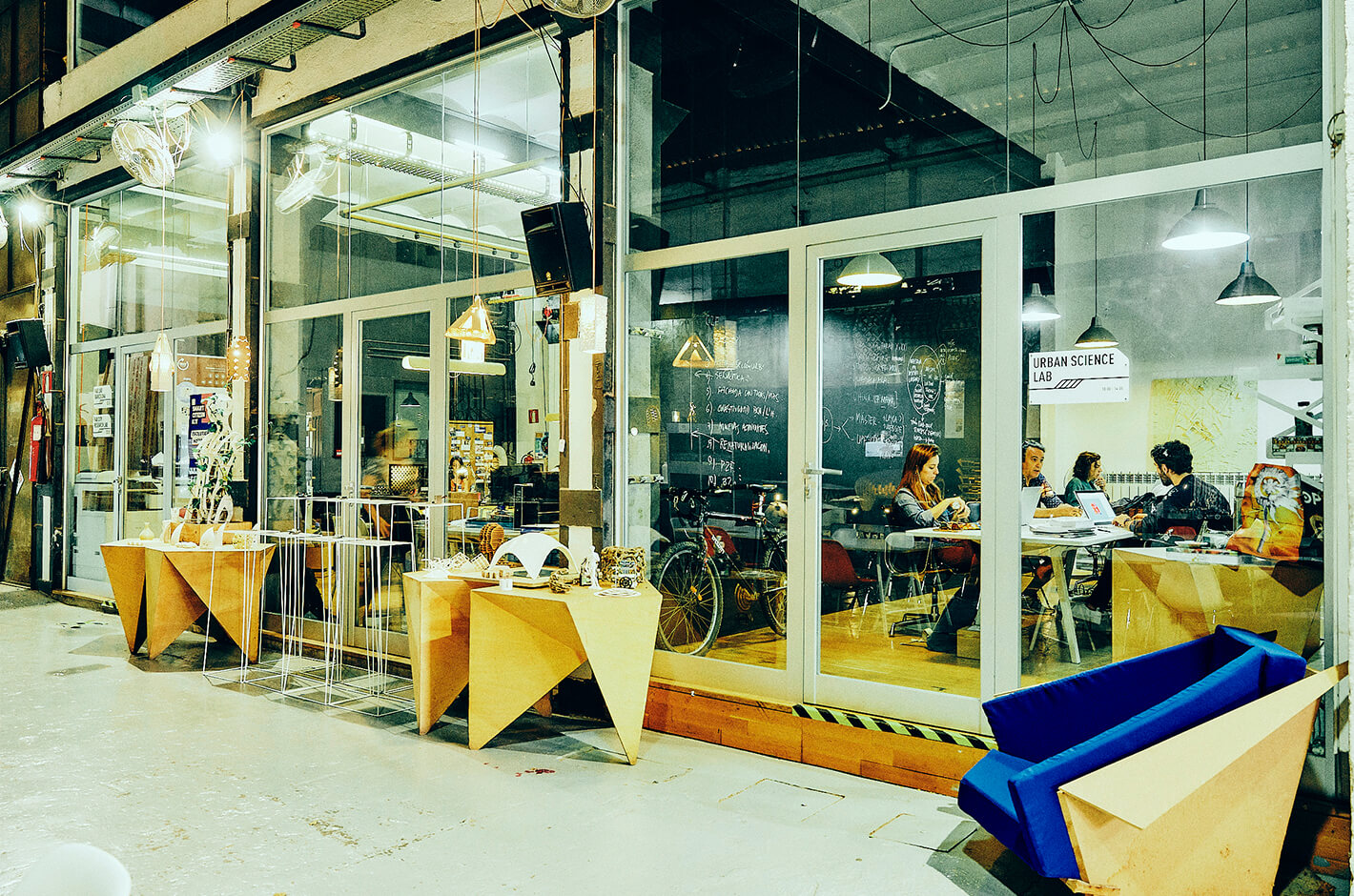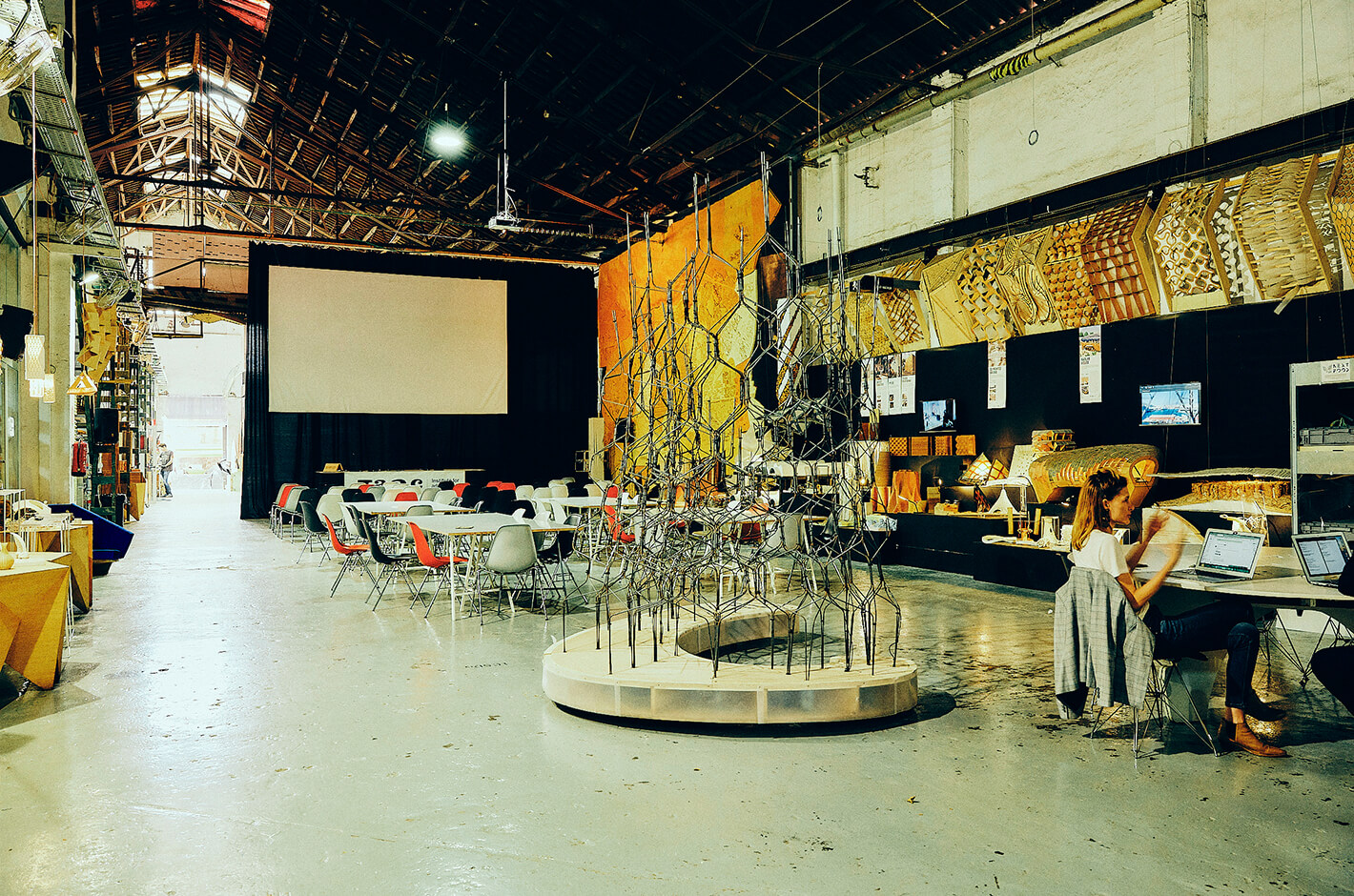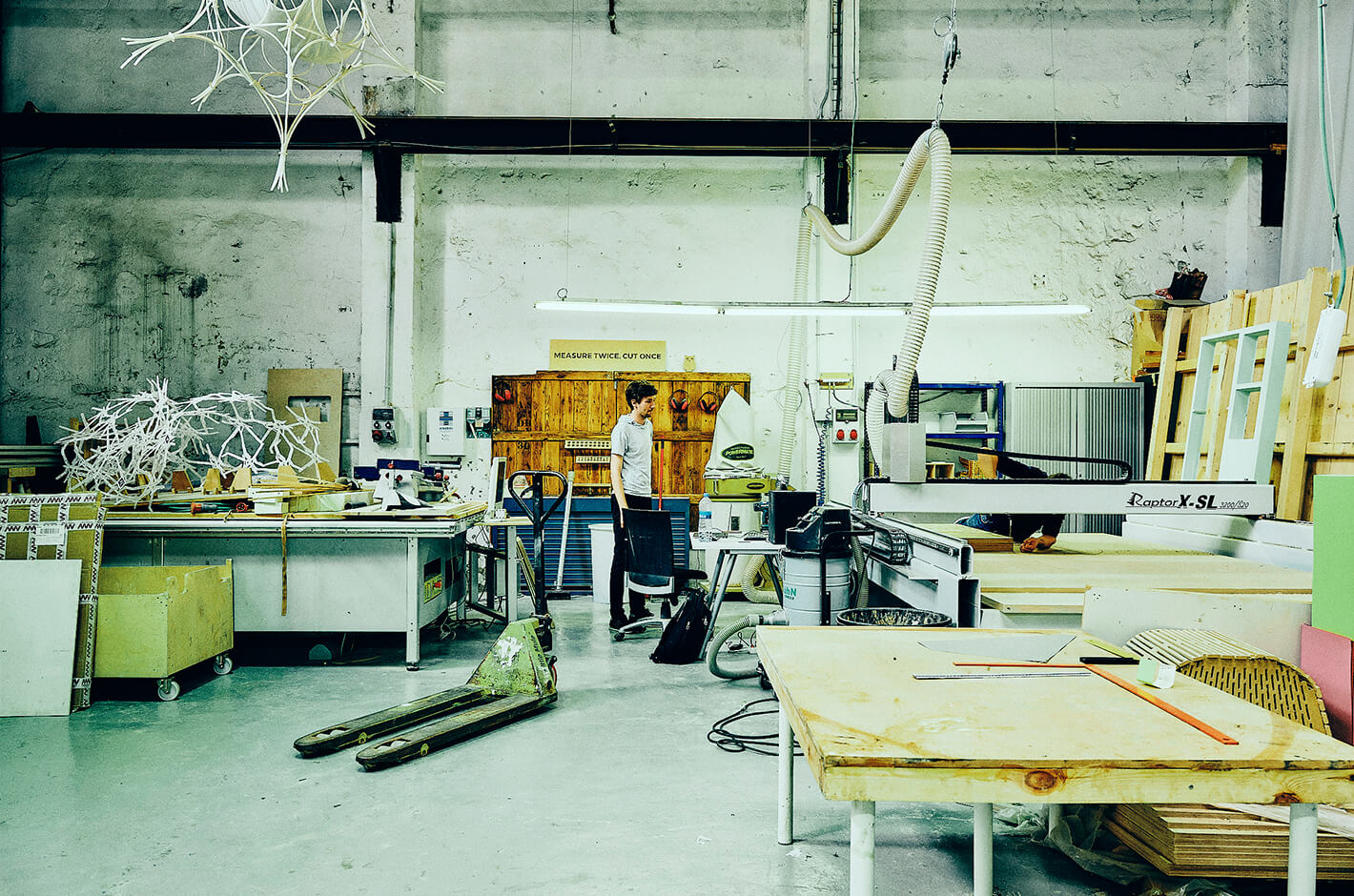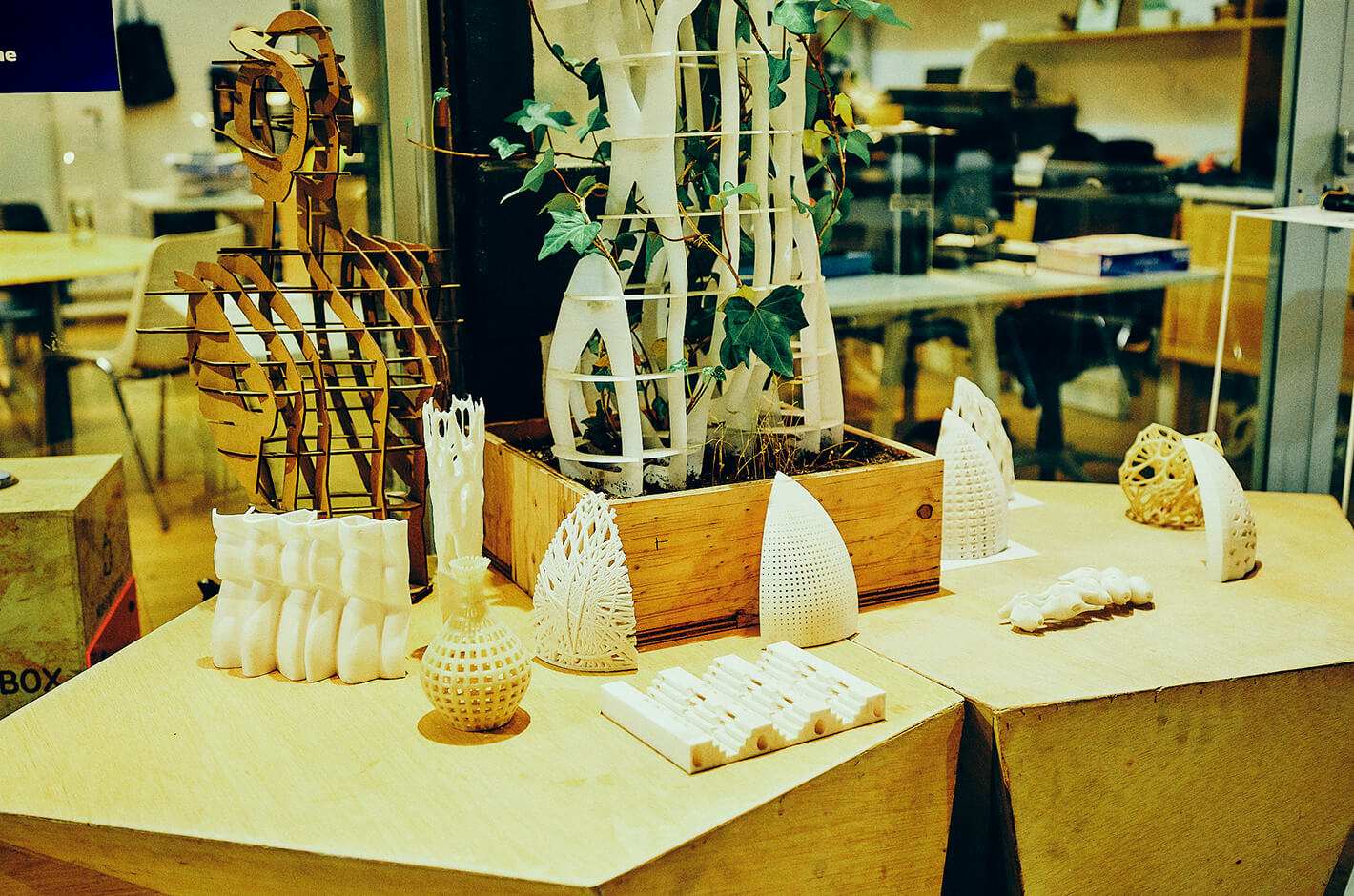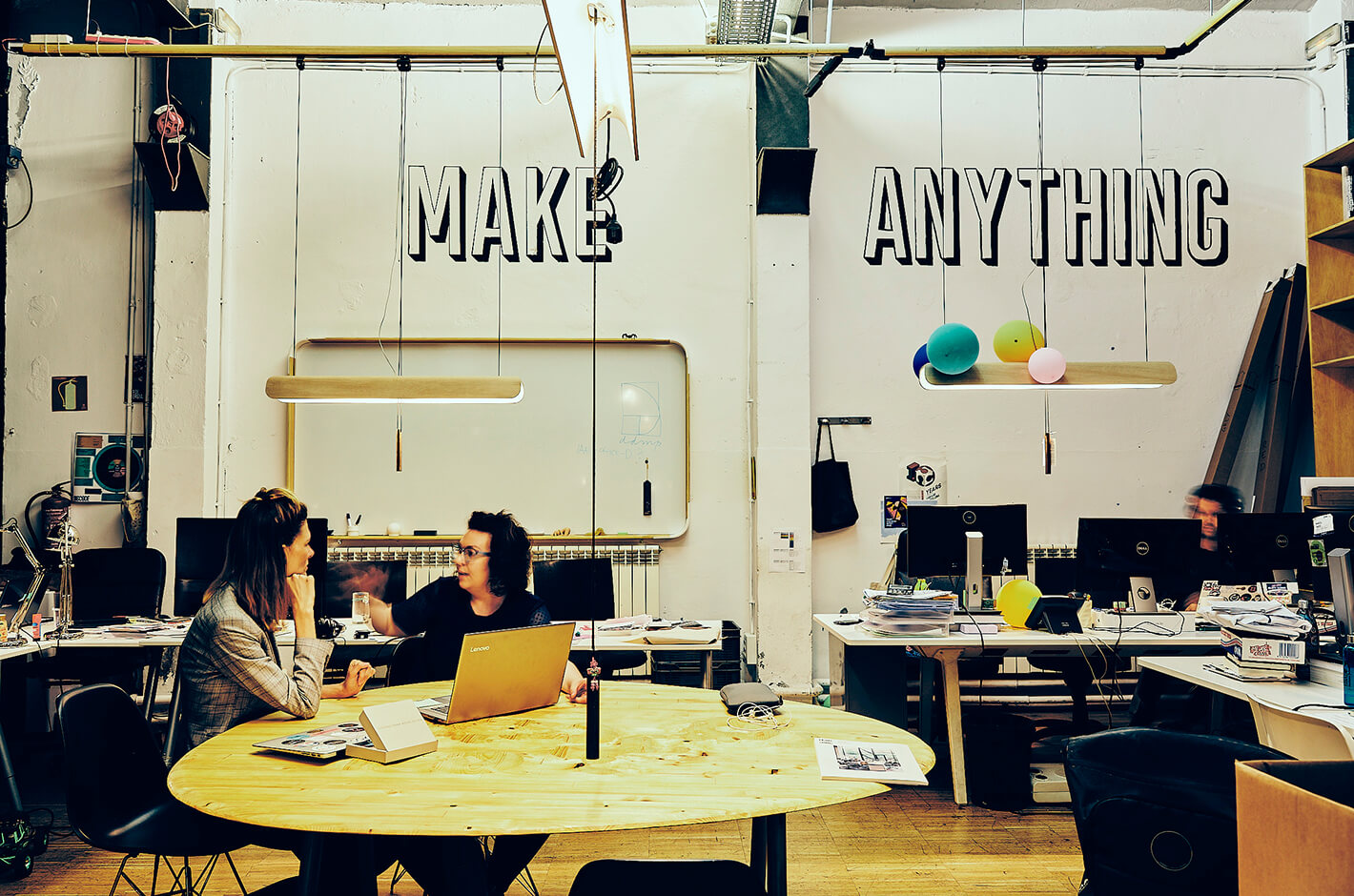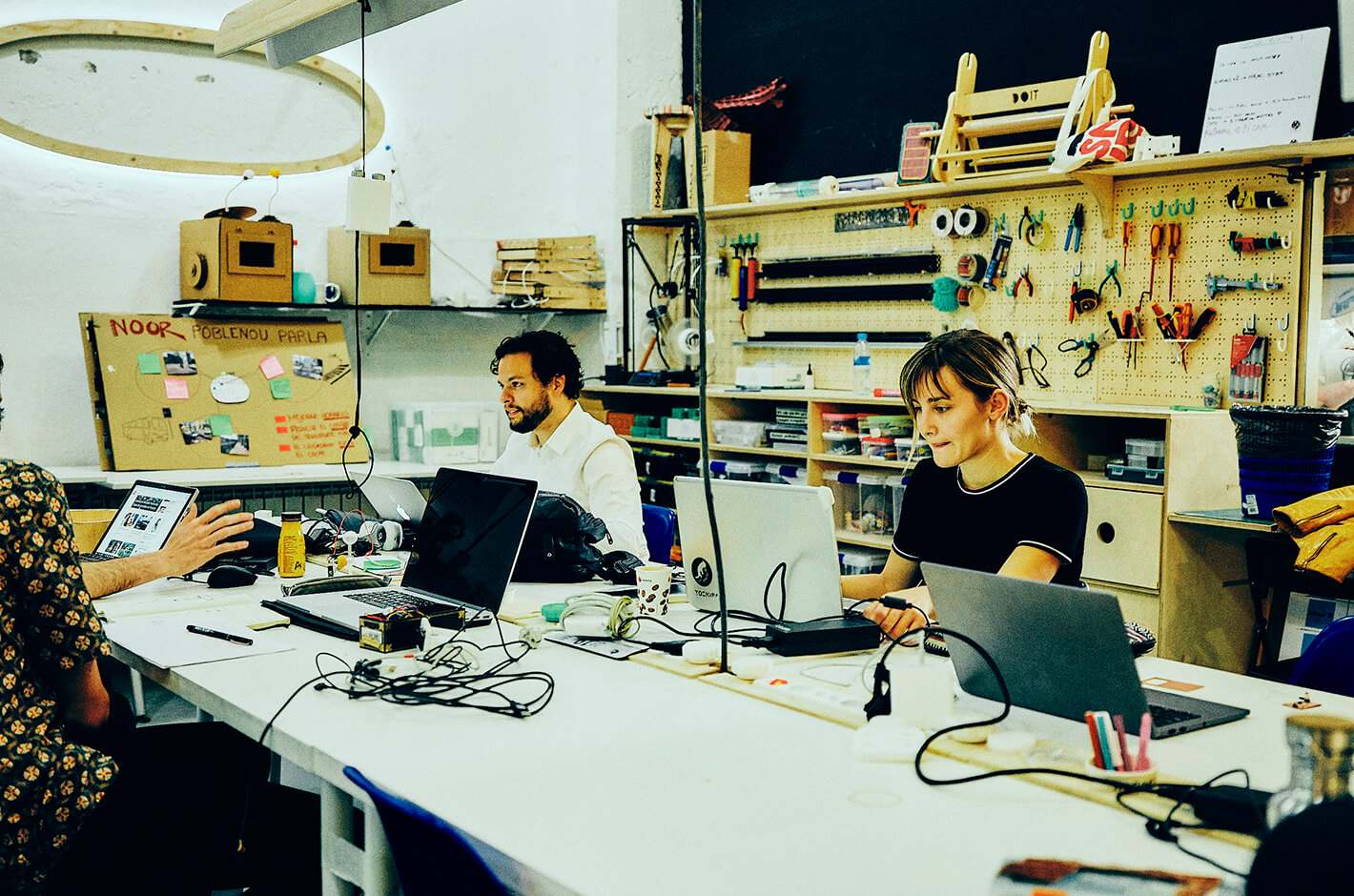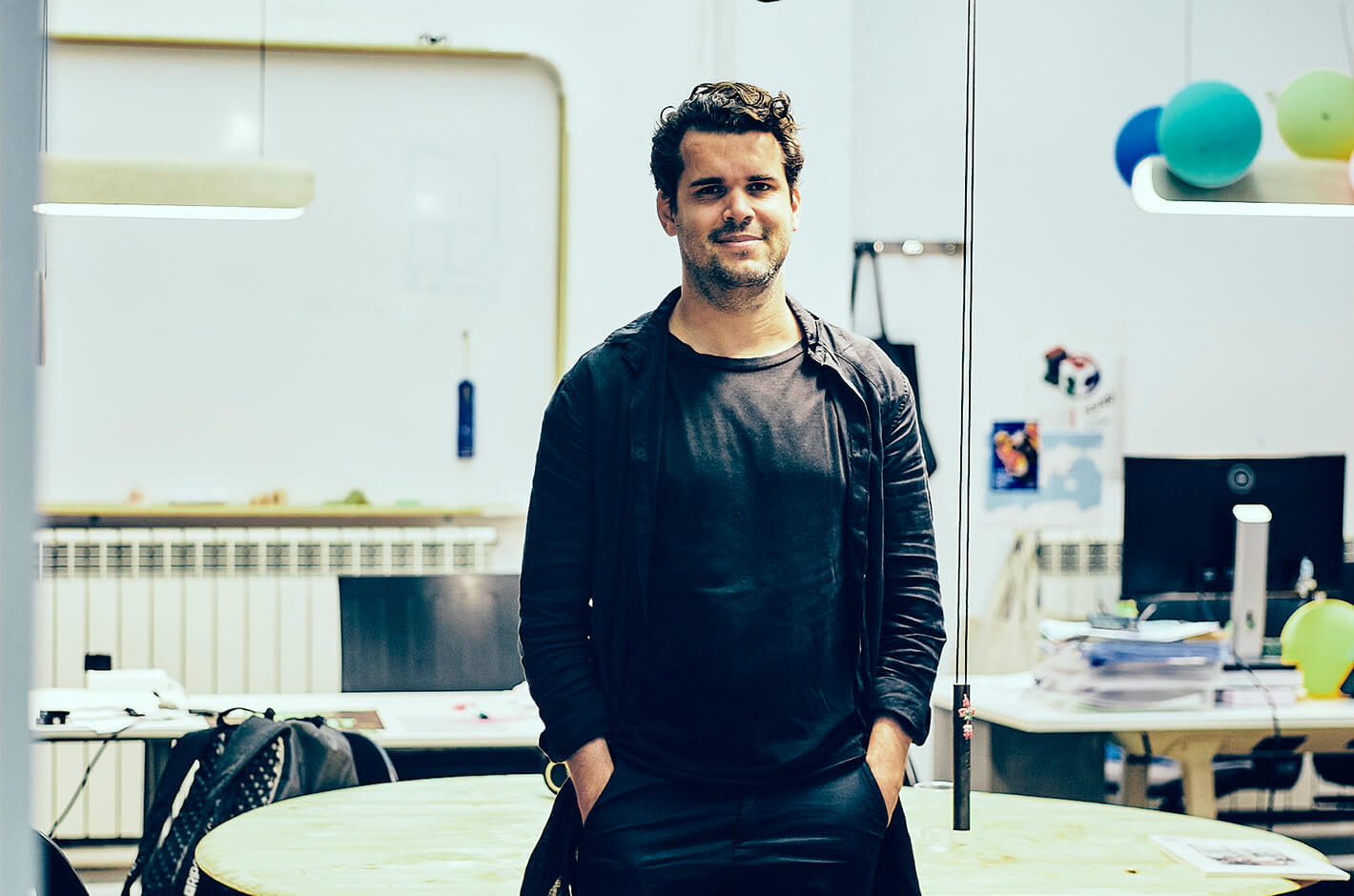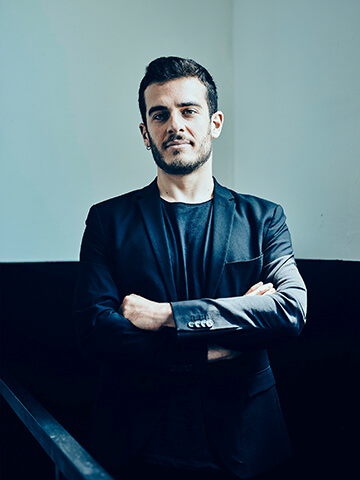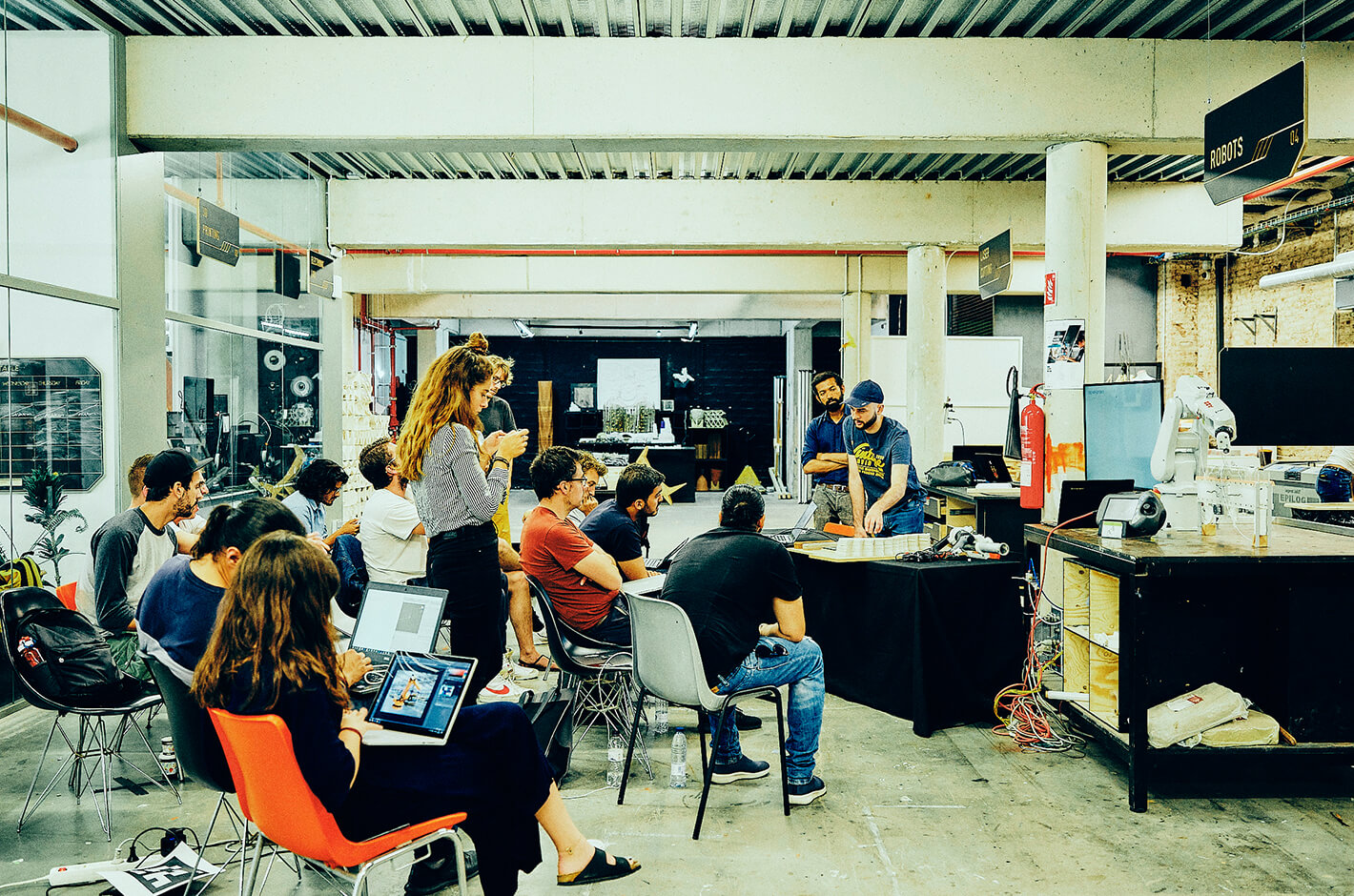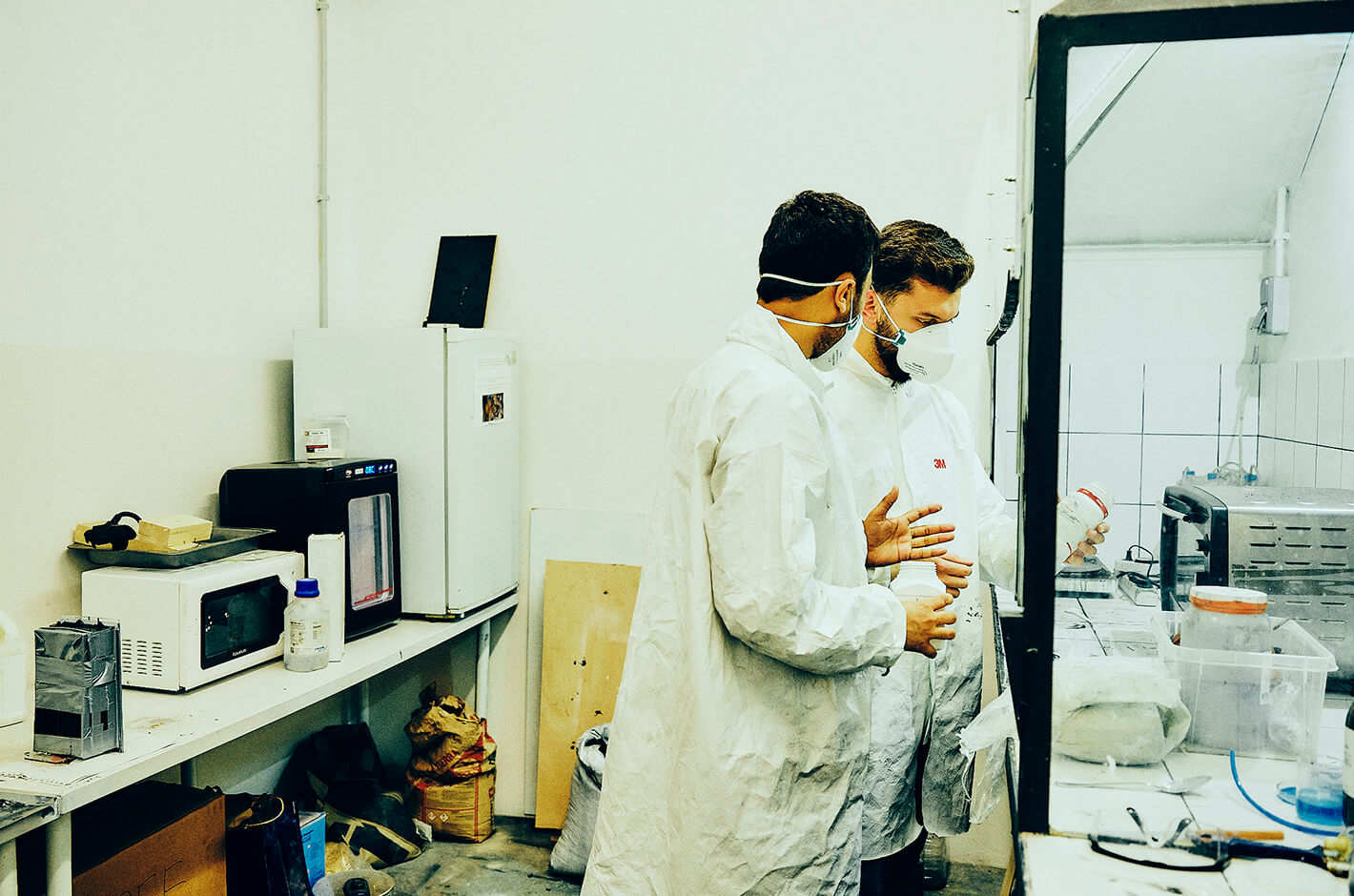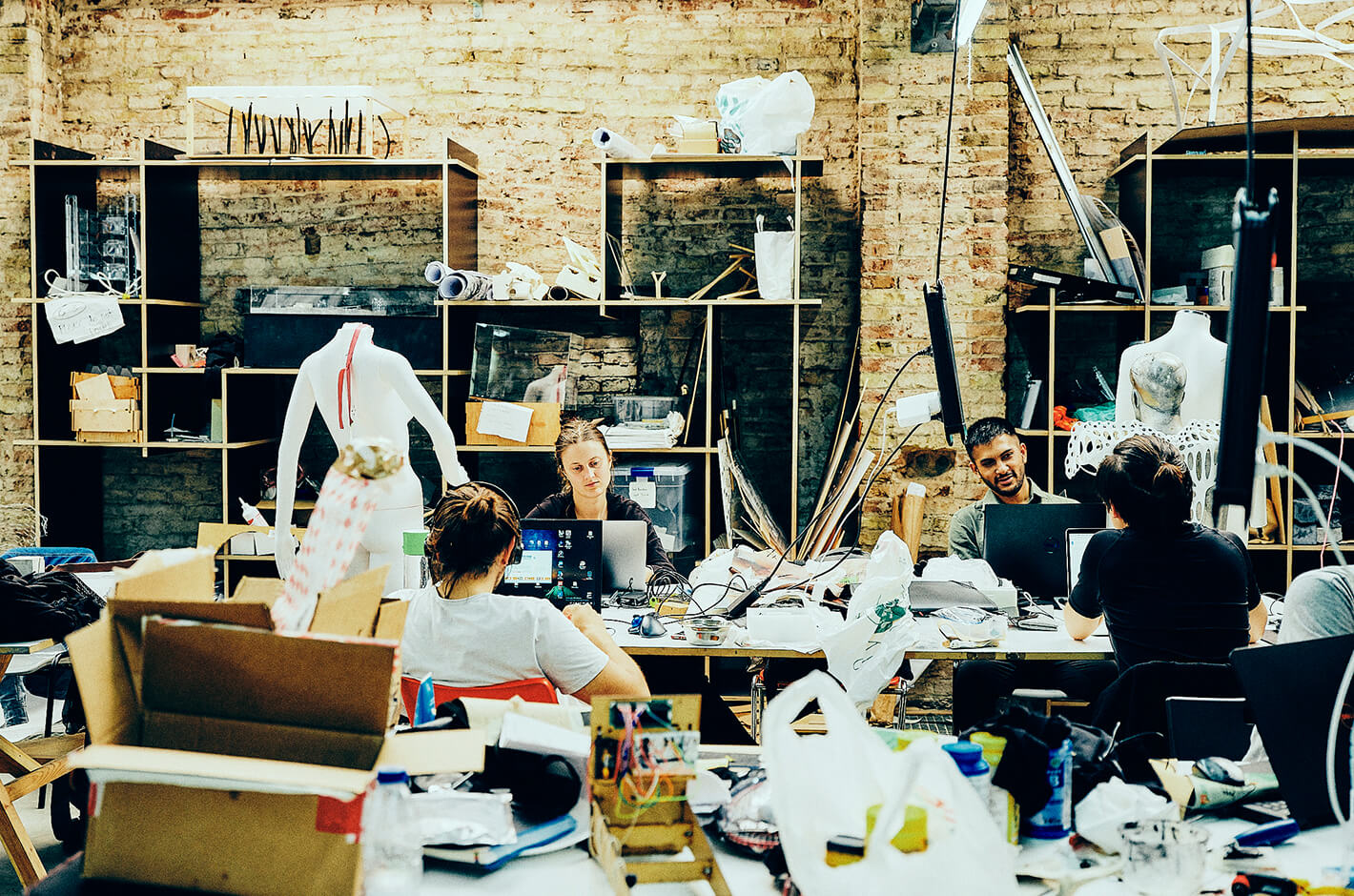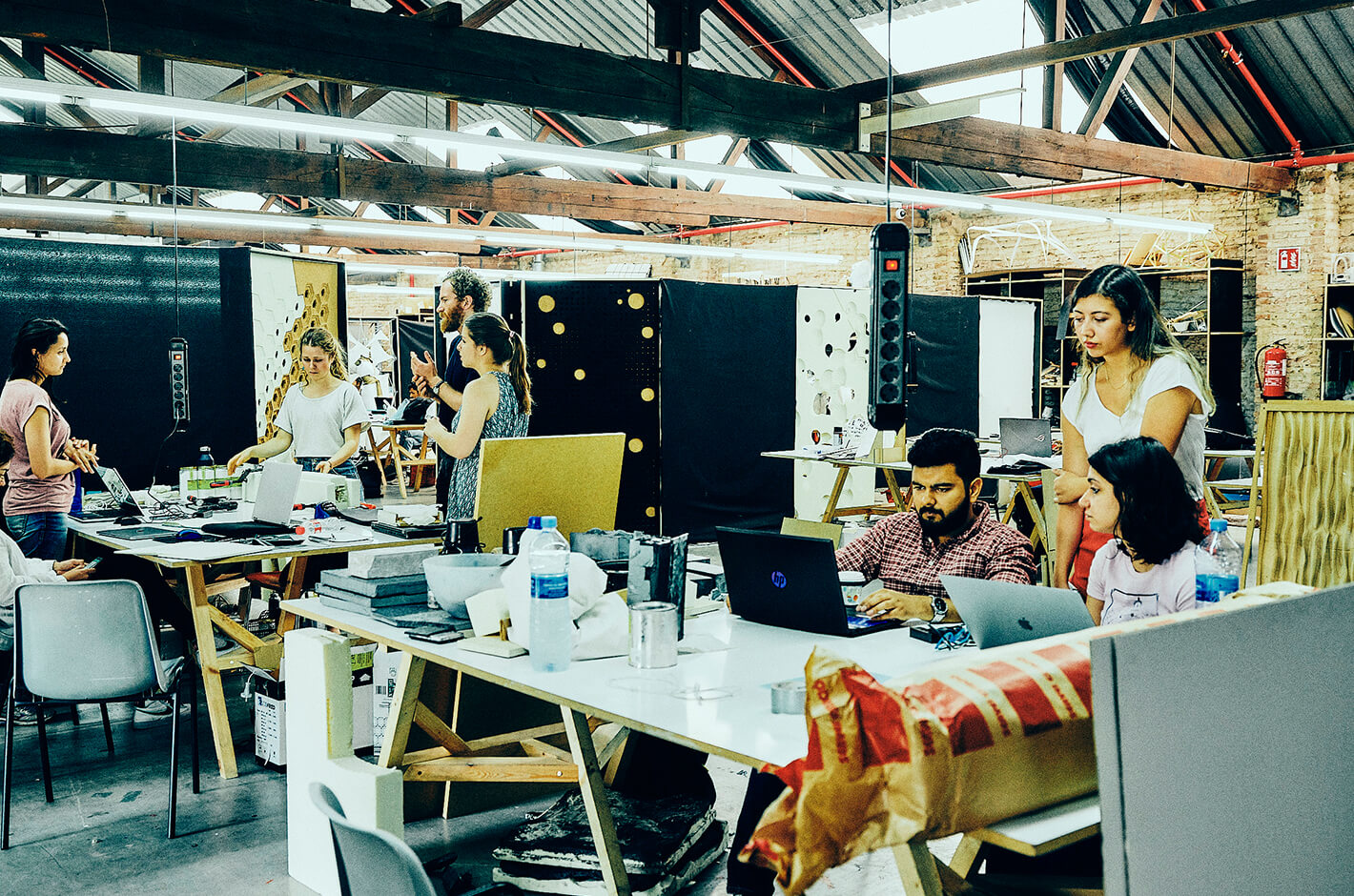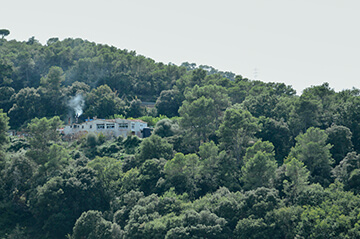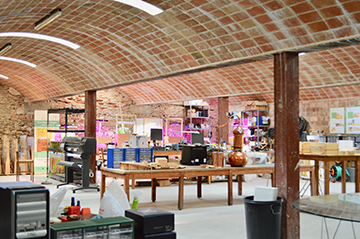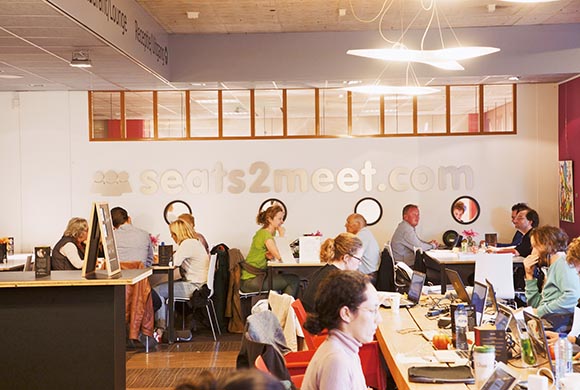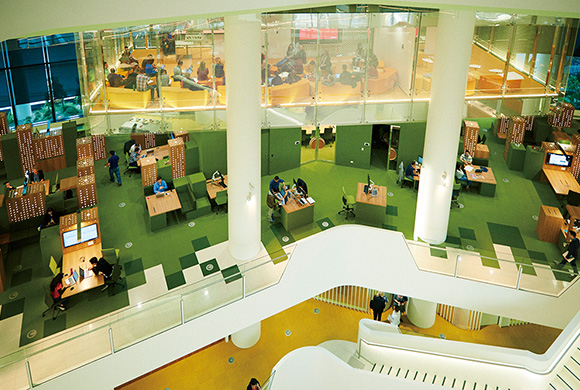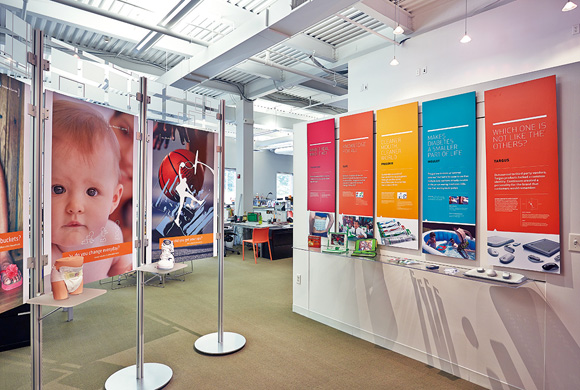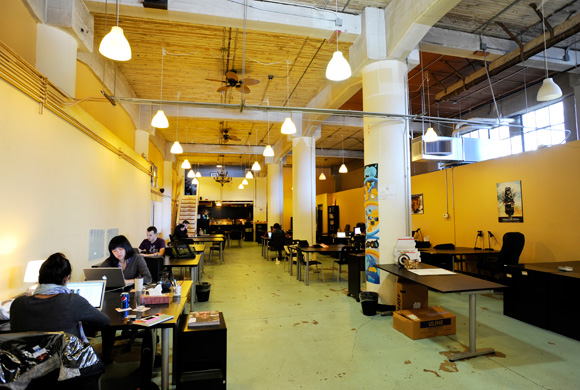Workplace
Jan. 6, 2020
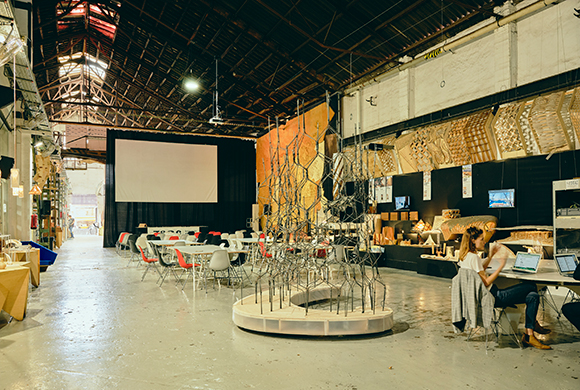
Exploring the frontier of the digital age
at an independent architecture school in Barcelona
[IAAC] Barcelona, Spain
The Institute for Advanced Architecture of Catalonia in Barcelona, Spain. This small independent university was founded some 18 years ago to study how new technologies, such as the Internet of Things, will change how we approach architecture and design in the coming digital age. It’s this bold, forward-looking vision that has garnered attention from around the world.
The school’s 170 students hail from more than 60 countries. They study in small groups, in five master programs and one post-graduate program, and in some cases, the students themselves join research projects to develop IAAC programs. As Academic Coordinator Marco Ingrassia explains, “We have the goal of nurturing changemakers.”
In addition to its innovative programs, IAAC plays an important role as the home of Fab Lab Barcelona, a leading fabrication laboratory that aims to evolve away from the paradigm of an industrial top-down smart city, to a citizen-driven participant-built “Fab City.” Fab Lab’s digital fabrication motto of “Learning by doing” is also the foundational infrastructure for all study at IAAC.
The exterior of IAAC’s main building. The campus is located in El Poblenou (2 locations) and Valldaura.
https://iaac.net/
Let’s introduce the six programs. The first is IAAC’s oldest, the MAA (Master in Advanced Architecture), which aims to understand how technology will demand new approaches to design, and how design must evolve to meet the needs of a changing world. At approximately 70 students, this program is the school’s largest.
The second is the MaCT (Master in City and Technology), with the goal of understanding how technologies will change our lives, and our cities. “We collaborate with various research centers, including big data analysis and new interaction technologies,” Ingrassia says. The program views the city of Barcelona as a large laboratory, and collaborates with the city through various projects like the “superblock,” an urban planning initiative to turn streets into pedestrian-only mixed-use public spaces. The program also functions as a think tank for Barcelona.
The third is the MRAC (Master in Robotics and Advanced Construction), which studies robotics, and advanced sensors and scanners to question the role of automation in society. The program questions the role of designers, and asks how they can best utilize these emergent tools.
Fourth is the MDEF, which considers the shift from designing objects to designing interventions. It combines the convergence of technologies (AI, blockchain, synthetic biology, digital fabrication), with the constructive activism designers, can play in transforming large scale challenges of our times (wicked problems), through small interventions in the real world, in order to create speculative narratives on possible futures., and fifth, the Master in Advanced Ecological Buildings (MAEB) that considers the sustainable use of natural resources at the Valldaura campus, appropriately situated in a forest. The sixth and final program is the postgraduate in 3D Printing Architecture (OTF) that studies the application of additive manufacturing in the architectural field, such as developing 3D printing of buildings using robotic arms.
IAAC
Academic Coordinator
Marco Ingrassia
A common feature of these programs, the one that defines IAAC, Ingrassia says, is “Learning by doing, and collaborating with experts.” Students learn new technologies and how to apply them to disrupt existing architectural strategies, all while collaborating with experts in various fields. “Architects don’t have all the knowledge. Our education model strongly encourages students to always talk to experts in different fields,” Ingrassia explains. In this way, new design methods are constantly nurtured to open up new approaches to architecture.
Within the realm of universities that specialize in architecture, IAAC still occupies a unique position. As Ingrassia explains, IAAC is “a school that seeks fundamental changes in architecture through innovation.” Most students arrive at the school with an architectural background, which is considered a critical foundation for study at IAAC. “There are many great schools in Barcelona. Some schools prefer traditional methods, and IAAC is a school focused on new methods and new innovations.” This is all part of the school’s philosophy of “nurturing change makers.”
Now in its 18th year since its establishment, IAAC is looking to its next iteration: “Continuing to grow, confronting various problems, and continuing to explore the possibilities of new designs,” Ingrassia says. The three newest programs introduced in 2018—MDEF, MAEB, and MRAC—allowed the school to focus on topics that were not addressed sufficiently in other programs. As Ingrassia states, “By collaborating with various research centers, we will continue to create new projects and emphasize new topics as research and education centers.”
The Green Fab Lab at the Baldura campus, located in a nature park. The lab is set up to work directly with natural resources and forestry. Its mission: to research how the natural world can provide new solutions for construction.


